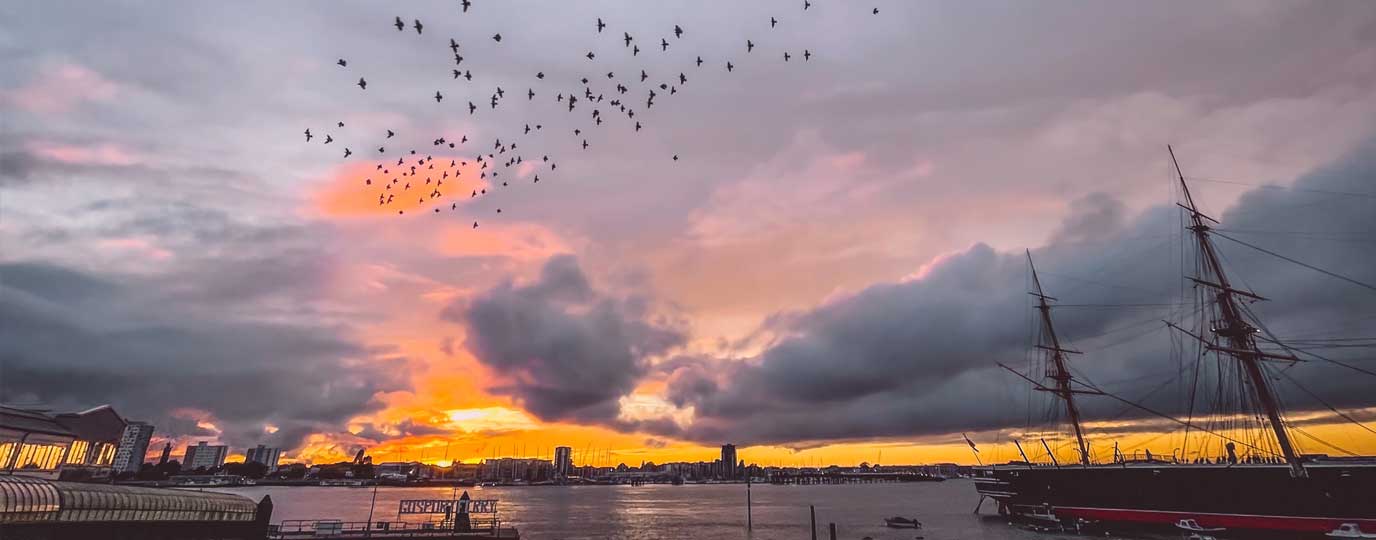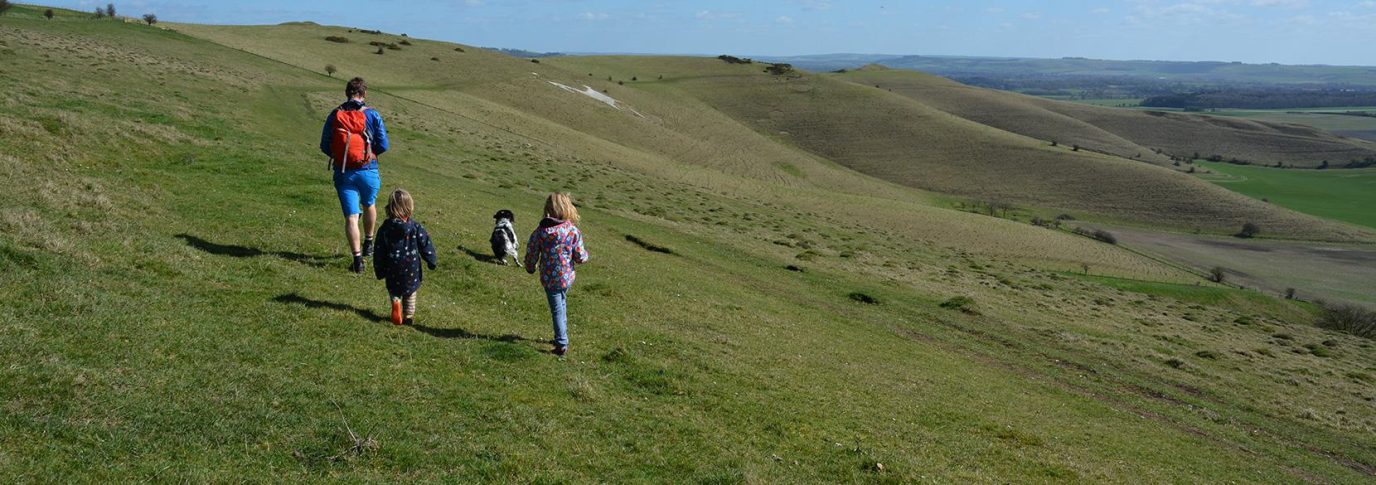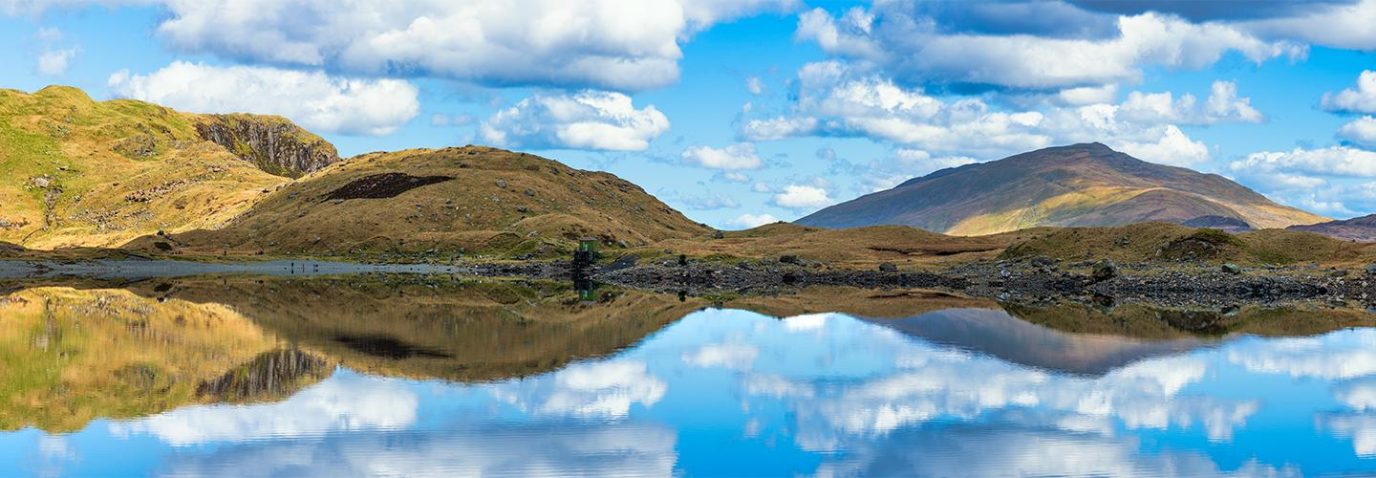Breeding Bird Surveys and Breeding Bird Survey Methodology
Nichaphat is a Change Intelligence Analyst at Ordnance Survey who is passionate about wildlife and sustainability. She explains everything you need to know about Breeding Bird Surveys and their role in environmental conservation.
I saw a lot of birds flying at the Explorer House!
There is significant biodiversity around the Ordnance Survey headquarters (OSHQ). This is because our office is located near the Testwood Lakes Nature Reserve and the New Forest National Park in Southampton, an international maritime city. During the afternoon break, my colleagues and I enjoy a short walk around the building, allotment and car park or sometimes into the nearby woodland at Home Covert. We always hear and see many birds passing by. As a nature photographer and a bird lover, I can truly say that spotting them is one of the small joys of the day.
The question is… does anybody know what they are called? More importantly, why are they here?
Birds play a crucial role as environmental indicators. Their behaviour and existence contribute to a healthy ecosystem in each habitat, acting as pollinators, scavengers, and seed dispersers. Studying birds allows us to deeply understand coexistence, not only interacting with humans but also connecting with local fauna and flora as part of the food chain. Read more about getting into bird watching here – UK Birdwatching Guide
We decided to do a breeding bird survey – to understand what birds were around our headquarter at Explorer House.

What is a breeding bird survey?
Breeding bird surveys are a monitoring method used to evaluate trends, populations, and distribution patterns of birds. The survey aims to provide valuable insights into species diversity in specific areas. In the UK, the biggest kind of volunteer survey is the national Breeding Bird Survey (BBS). This is carried out by volunteers for the British Trust for Ornithology (BTO).
Breeding bird surveys significantly illustrate the relationship between geographical location and bird behaviour. As OS encourages the power of maps as a storytelling tool, we demonstrate how location data can convey our sustainability principles. The results from this survey will inspire many ideas for biodiversity improvement and serve as a role model for the OS headquarter ecosystem.
How do I get involved in Breeding Bird Surveys?
The breeding bird survey at the Explorer House not only showcases our movement towards a sustainable organisation but also raises awareness regarding environmental involvement. Many OS colleagues share a similar interest in ecology and join as volunteers for biodiversity and sustainability initiatives. We always share knowledge about wildlife spotting, implement eco-friendly activities, occasionally go for trail walks, and track the record of seasonal animals and plants.
It sounds inspiring, doesn’t it? I am passionate about nature and wildlife photography as my hobby, so I enthusiastically joined as a volunteer. This is a brilliant opportunity for me to learn more about birdwatching techniques from experts, especially observing local species and where to find them. Although OS breeding bird surveys have been conducted before, it is important to do it annually during the breeding season in spring, to monitor changes in populations and habitat use.
One of the best ways to get involved is to get in touch with the British Trust for Ornithology (BTO). Their Breeding Bird Survey monitors the population changes of 118 breeding bird species across the UK thanks to the dedication of almost 3,000 volunteers who survey their randomly selected 1-km square each spring.
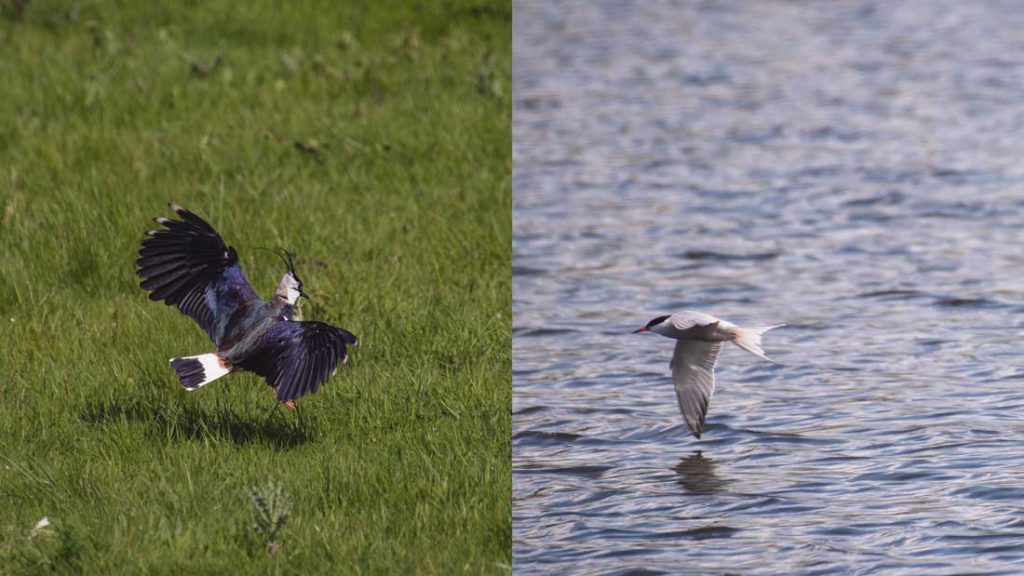
How is a Breeding Bird Survey run?
My fellow wildlife volunteers, David Holland and Thomas Bristow, and I conducted this survey in early May 2024.
A checklist of important tools we needed for this survey:
- A map or a notebook: We used the OS map for location reference – highly recommended!
- BTO Species Code Sheet: We used this as the reference for bird species data.
- Binoculars: Essential for observing long-distance objects.
- Stationery
- Cameras
- Outdoor clothing, trainers, and a bottle of water
- (Optional) iNaturalist application: We occasionally used this for species identification.
We started with a warm-up walk around the nearby woodland at 4:30 a.m., when many birds woke up and searched for their breakfast. Amazingly, we heard the birds’ dawn chorus across the woodland. The deeper we walked, the more resounding it became. Moreover, we saw bats flying above us and noticed many seasonal flowers starting to bloom – especially a secret Bluebell field. I guarantee that this magnificent moment is totally worth the early start for bird and nature lovers!
Next, we explored the Explorer House after the sunrise, starting the breeding bird survey. We collected bird identification data using field methods – observing, hearing, photographing, and taking notes. Bird data was referenced from the BTO list and categorised for their threatened status by Birds of Conservation Concern (BoCC) – red, amber, and green list.
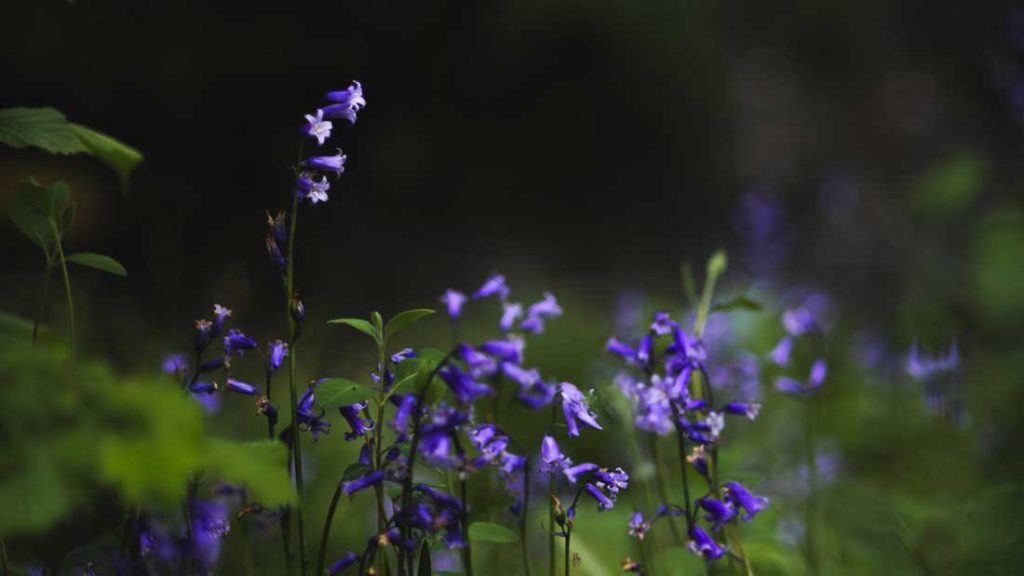

EXPLORE THE
OS Shop
We are with you every step of the way. Shop our trusted walking and hiking maps and guidebooks so you can explore the outdoors with confidence.
Go to the shopBirdwatching Gear
Results of the OS Breeding Bird Survey
We found 25 bird species and a common rabbit, totalling 114 animals within an hour and a half! Here are the key findings:
- Two-thirds of bird species were on the BoCC green list.
- The most common species was the Blackbird (Turdus merula).
- A total of 9 species were gathered around our car park. The car park area has a long hedge line with big oak trees, which potentially provided great shelter for small birds – especially Blackbirds and Great Tits (Parus major).
Another potential finding was our new meadow and established meadow. This area connected a large greenspace between our allotment and the neighbouring woodland. From our dawn walk, we still heard many birds calling from the woodland. I was quite sure there were more birds hiding there. Thanks to the OS gardening volunteers wildflowers and vegetation have started growing and blooming colourfully across the allotment. It attracts not only birds but also champion pollinators – bees!

Apart from local wildlife, we spotted a total of 14 Herring Gulls (Larus argentatus) flying as a large group above the office towards the eastern direction. Interestingly, even though this species is widespread throughout the year (in other words, everywhere in Britain), it is categorised as a red list due to a declining population.
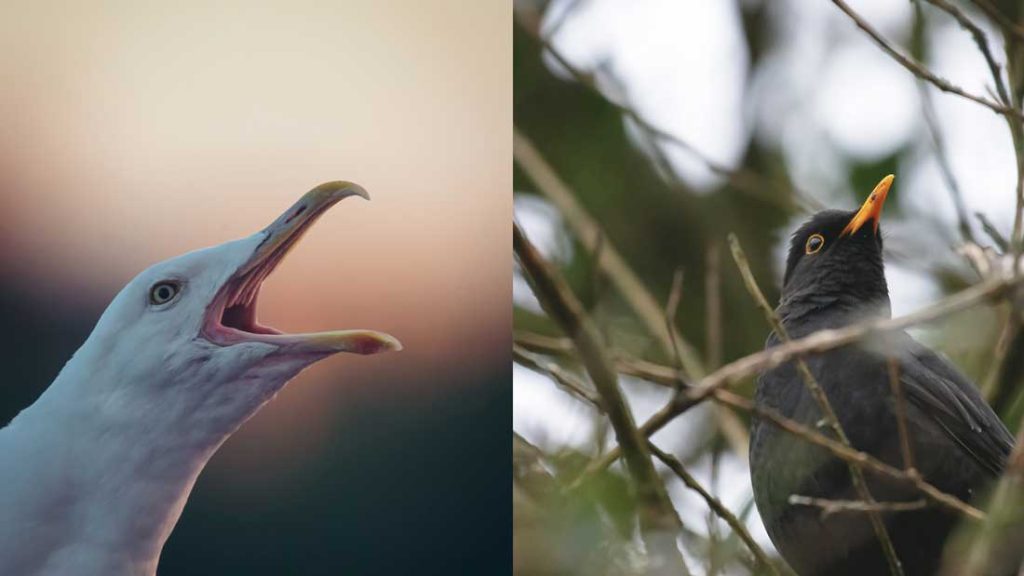
How are the Breeding Bird Survey results used?
The results of our survey were published to be applied across the organisation for future improvements. OS aims to boost employee engagement while delivering numerous ongoing biodiversity projects around our HQ. You can discover what we are actively doing towards environmentally-friendly practices via Sustainability at OS.
The BBS was launched in 1994 to help understand what bird population trends tell us about changes in the countryside. The results are used for academic and applied research both within the BTO and by other organisations, and influences public policy and protection schemes, and you can find the latest results maps and reports at Breeding Bird Survey Results.
If you are interested in participating in national survey projects – such as the national BTO BBS, please stay tuned to the BTO Breeding Bird Survey webpage. Here you get allocated a 1km grid square to survey and support national datasets.
All photos in this article © Copyright Nichaphat Sukontason
More on Bird Watching

A guide to birdwatching in the UK
With nearly 600 species of bird officially listed in the UK, birdwatching can be enjoyed just about anywhere, you don’t need to travel far. This guide to birdwatching in the UK will help get you started.

Best UK locations to fossil hunt and spot wildlife
There are many fantastic locations in the UK for you to discover the fossilised remains of those that came before us, or admire the beauty of today’s wildlife in its natural environment. Here are a few of our favourites.
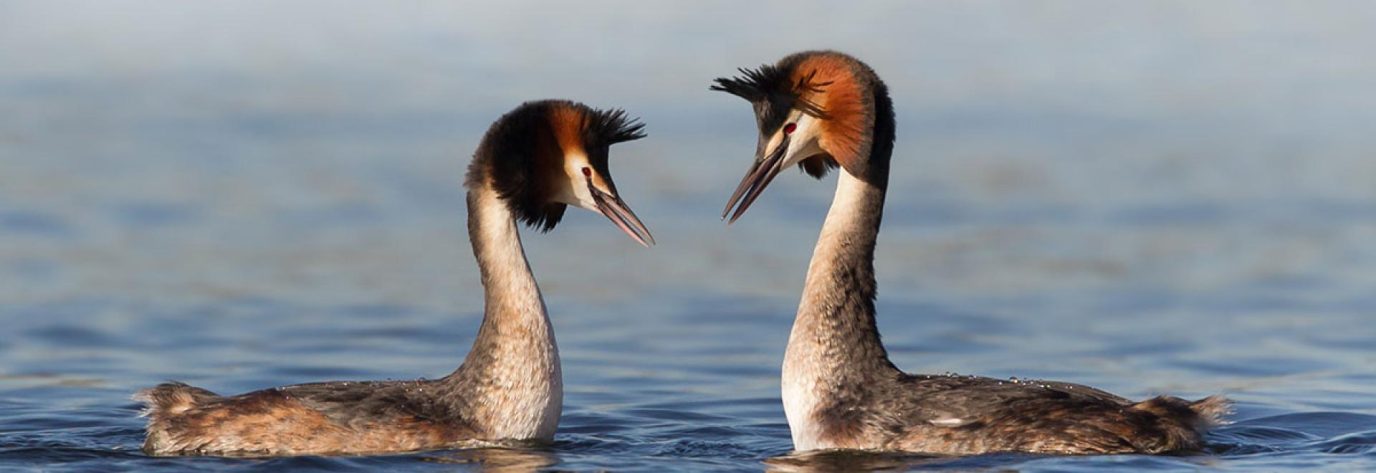
Best places to go birdwatching in the broads
Find out our top recommendations for fantastic places to go Birdwatching in the Broads National Park.
